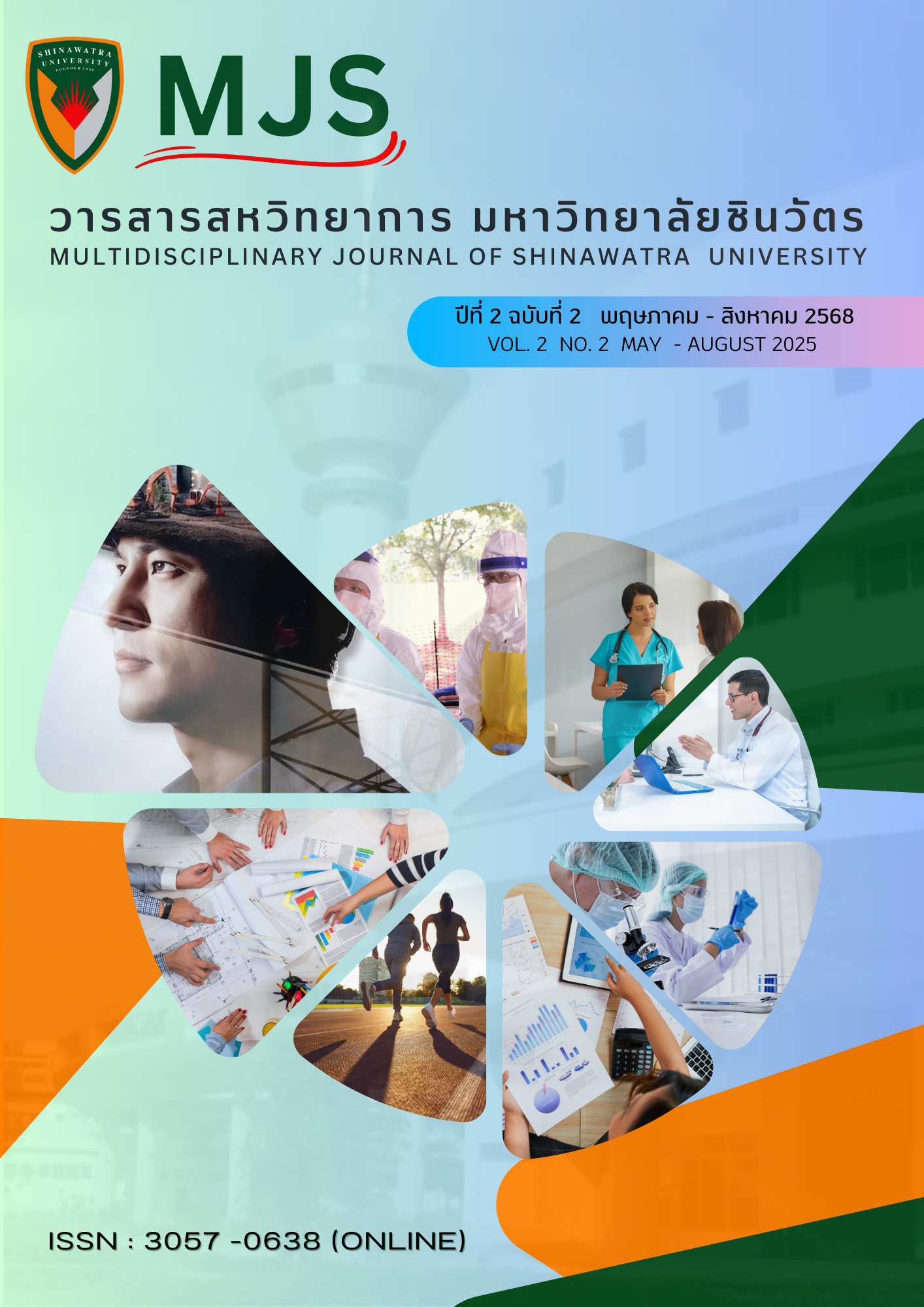Sugarcane Leaves Management: Conditions and Alternatives of Sugarcane Farmers
Keywords:
Management, Sugarcane Leaves Pressing, Sugarcane Biomass, Biomass Power PlantAbstract
The purpose of this research was to study the management of biomass from post-harvested sugarcane leaves and tops. Data were collected by interviewing sugarcane farmers in the harvest year 2021/22. The study covered a total of 13 provinces across the country. In addition, the data was collected through group discussion’s method with regards to the issues of managing process of sugarcane leaves and tops. The study found that in the sugarcane production of the harvest year 2021/22, after harvesting sugarcane, the majority of farmers (50.83%) left their sugarcane leaves and tops in their plots to cover the soil and prepare for plowing. Other practices included burning the sugarcane leaves and tops (32.87%), pressing the sugarcane leaves and tops to produce biomass for power plants located in the study areas (13.43%), distributing the biomass for free to those in need (1.85%), and selling the biomass to leaders for processing into fertilizer or animal feed (1.02%). With regard to the farmers' approach for selling sugarcane leaves and tops to biomass power plants, three approaches were identified: (1) consignment by the operator or factory to carry out their own operations, (2) hiring a compressing contract and selling it themselves, and (3) farmers investing as entrepreneurs to compress the sugarcane leaves and tops for delivery to the biomass power plants. Guidelines for promoting the proper management of sugarcane biomass among farmers include: (1) encouraging grouping and linking community enterprise networks to manage sugarcane biomass suitable for the studied areas, (2) establishing policies and strategies for sugarcane biomass management, (3) supporting and promoting sustainable and environmentally friendly management of sugarcane biomass through measures, projects, and campaigns that create incentives for sugarcane farmers, and (4) fostering cooperation from all sectors by assigning roles for participation in the management to achieve concrete and continuous sustainable practices.





